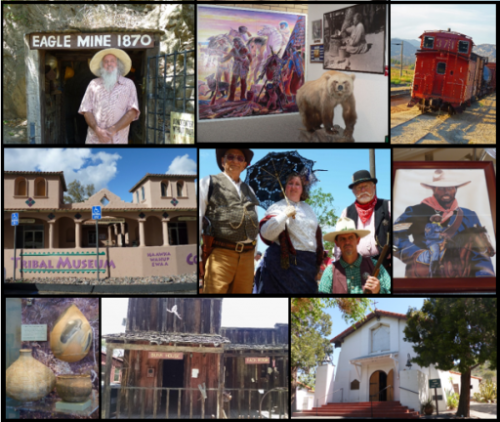INTERNATIONAL AEROBATICS COMPETITION TAKES PLACE APRIL 10-12 IN BORREGO SPRINGS
By Miriam Raftery
March 21, 2025 (Borrego Springs) – An international aerobatics competition will be held at the Borrego Springs airport Thursday through Saturday, April 10-12, organized by the International Aerobatic Club’s Chapter 36. A highlight for viewers is Saturday’s four-minute freestyle flights set to music, usually involving smoke, flown by top pilots, IAC36 president Bryan Jones advises.
Thursday is practice and registration, while Friday features contest flights all day long.
You can also stop by the Propeller Bar and Grill, where you can enjoy food and drinks plus a rooftop deck to view the flying.

 March 19, 2025 (San Diego's East County) -- Our Health and Science Highlights provide cutting edge news that could impact your health and our future.
March 19, 2025 (San Diego's East County) -- Our Health and Science Highlights provide cutting edge news that could impact your health and our future.